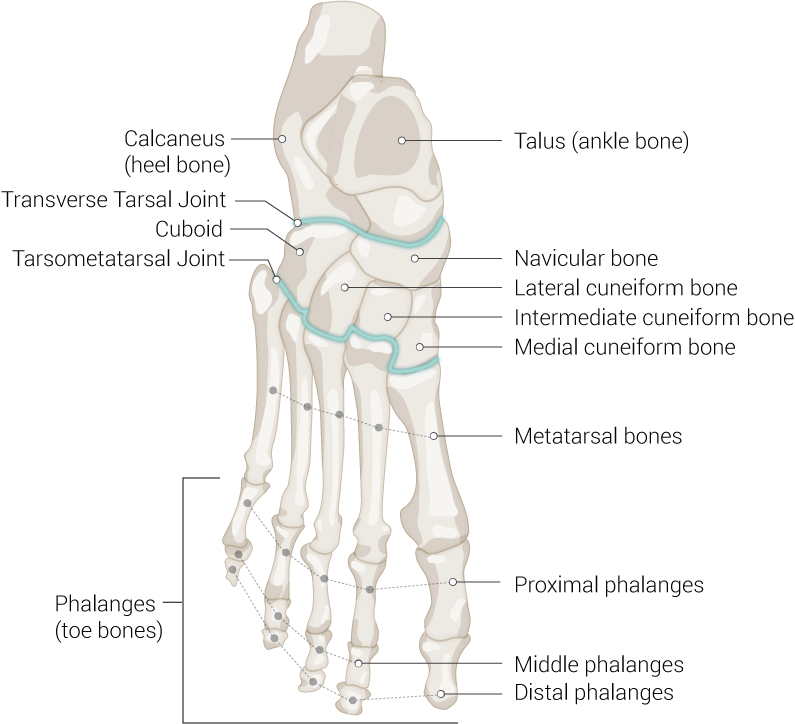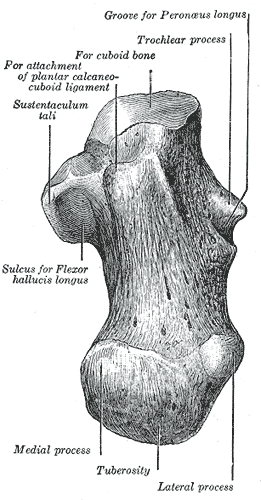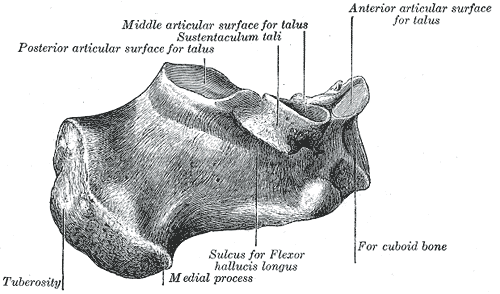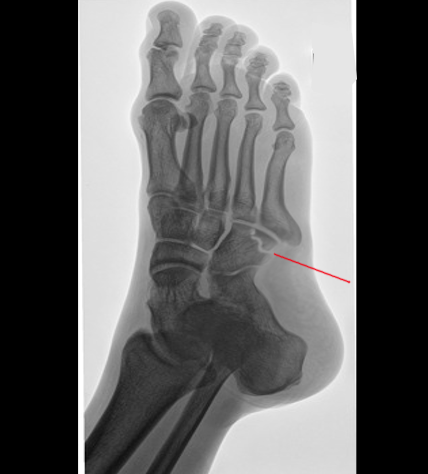[1]
Angoules AG, Angoules NA, Georgoudis M, Kapetanakis S. Update on diagnosis and management of cuboid fractures. World journal of orthopedics. 2019 Feb 18:10(2):71-80. doi: 10.5312/wjo.v10.i2.71. Epub 2019 Feb 18
[PubMed PMID: 30788224]
[2]
Pountos I, Panteli M, Giannoudis PV. Cuboid Injuries. Indian journal of orthopaedics. 2018 May-Jun:52(3):297-303. doi: 10.4103/ortho.IJOrtho_610_17. Epub
[PubMed PMID: 29887632]
[3]
Patterson SM. Cuboid syndrome: a review of the literature. Journal of sports science & medicine. 2006 Dec 15:5(4):597-606
[PubMed PMID: 24357955]
[4]
Traister E, Simons S. Diagnostic considerations of lateral column foot pain in athletes. Current sports medicine reports. 2014 Nov-Dec:13(6):370-6. doi: 10.1249/JSR.0000000000000099. Epub
[PubMed PMID: 25391092]
[5]
Yu SM, Dardani M, Yu JS. MRI of isolated cuboid stress fractures in adults. AJR. American journal of roentgenology. 2013 Dec:201(6):1325-30. doi: 10.2214/AJR.13.10543. Epub 2013 Oct 22
[PubMed PMID: 24147421]
[6]
Verbruggen SW, Nowlan NC. Ontogeny of the Human Pelvis. Anatomical record (Hoboken, N.J. : 2007). 2017 Apr:300(4):643-652. doi: 10.1002/ar.23541. Epub
[PubMed PMID: 28297183]
[7]
Pazzaglia UE, Congiu T, Sibilia V, Pagani F, Benetti A, Zarattini G. Relationship between the chondrocyte maturation cycle and the endochondral ossification in the diaphyseal and epiphyseal ossification centers. Journal of morphology. 2016 Sep:277(9):1187-98. doi: 10.1002/jmor.20568. Epub 2016 Jun 16
[PubMed PMID: 27312928]
[8]
Borrelli J Jr, De S, VanPelt M. Fracture of the cuboid. The Journal of the American Academy of Orthopaedic Surgeons. 2012 Jul:20(7):472-7. doi: 10.5435/JAAOS-20-07-472. Epub
[PubMed PMID: 22751166]
[10]
De Maeseneer M, Madani H, Lenchik L, Kalume Brigido M, Shahabpour M, Marcelis S, de Mey J, Scafoglieri A. Normal Anatomy and Compression Areas of Nerves of the Foot and Ankle: US and MR Imaging with Anatomic Correlation. Radiographics : a review publication of the Radiological Society of North America, Inc. 2015 Sep-Oct:35(5):1469-82. doi: 10.1148/rg.2015150028. Epub 2015 Aug 18
[PubMed PMID: 26284303]
[11]
Chari B, McNally E. Nerve Entrapment in Ankle and Foot: Ultrasound Imaging. Seminars in musculoskeletal radiology. 2018 Jul:22(3):354-363. doi: 10.1055/s-0038-1648252. Epub 2018 May 23
[PubMed PMID: 29791963]
[13]
Awan O, Graham JA. The rare cuboid-navicular coalition presenting as chronic foot pain. Case reports in radiology. 2015:2015():625285. doi: 10.1155/2015/625285. Epub 2015 Jan 26
[PubMed PMID: 25688320]
Level 3 (low-level) evidence
[14]
García-Mata S, Hidalgo-Ovejero A. Cuboid-navicular tarsal coalition in an athlete. Anales del sistema sanitario de Navarra. 2011 May-Aug:34(2):289-92
[PubMed PMID: 21904410]
[16]
Durall CJ. Examination and treatment of cuboid syndrome: a literature review. Sports health. 2011 Nov:3(6):514-9
[PubMed PMID: 23016051]





